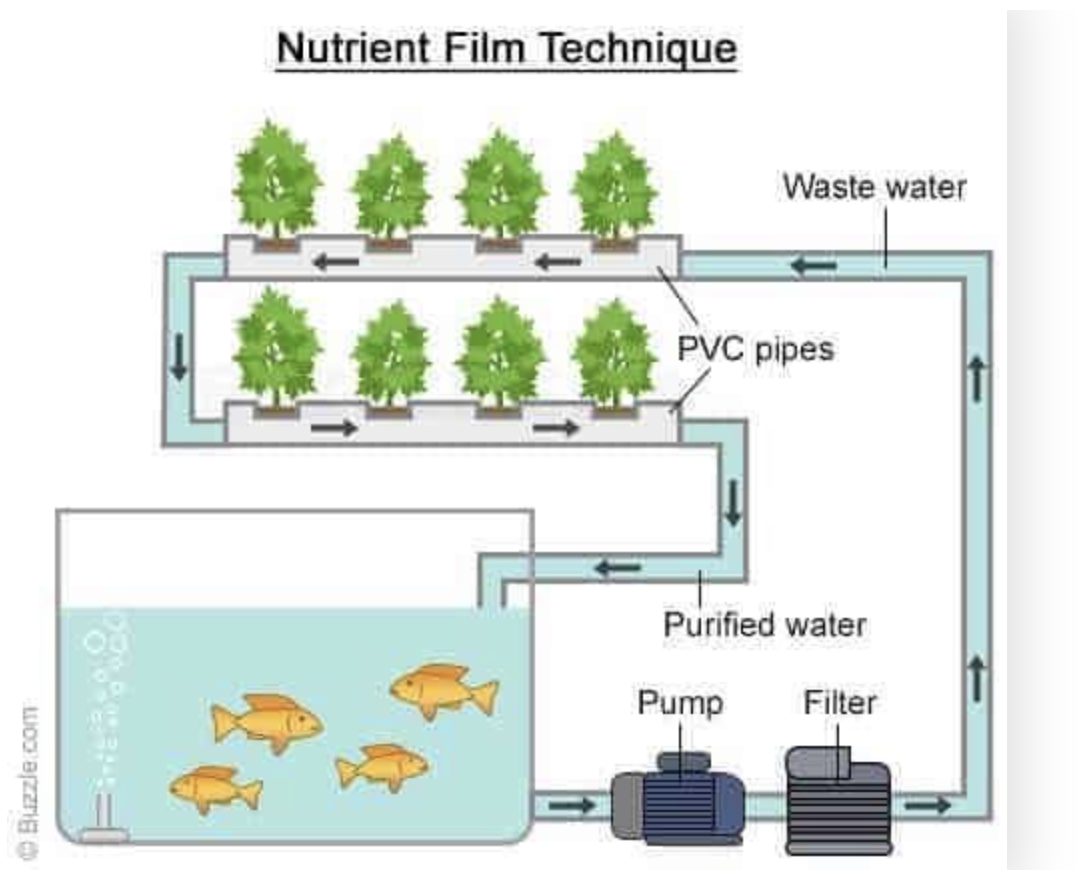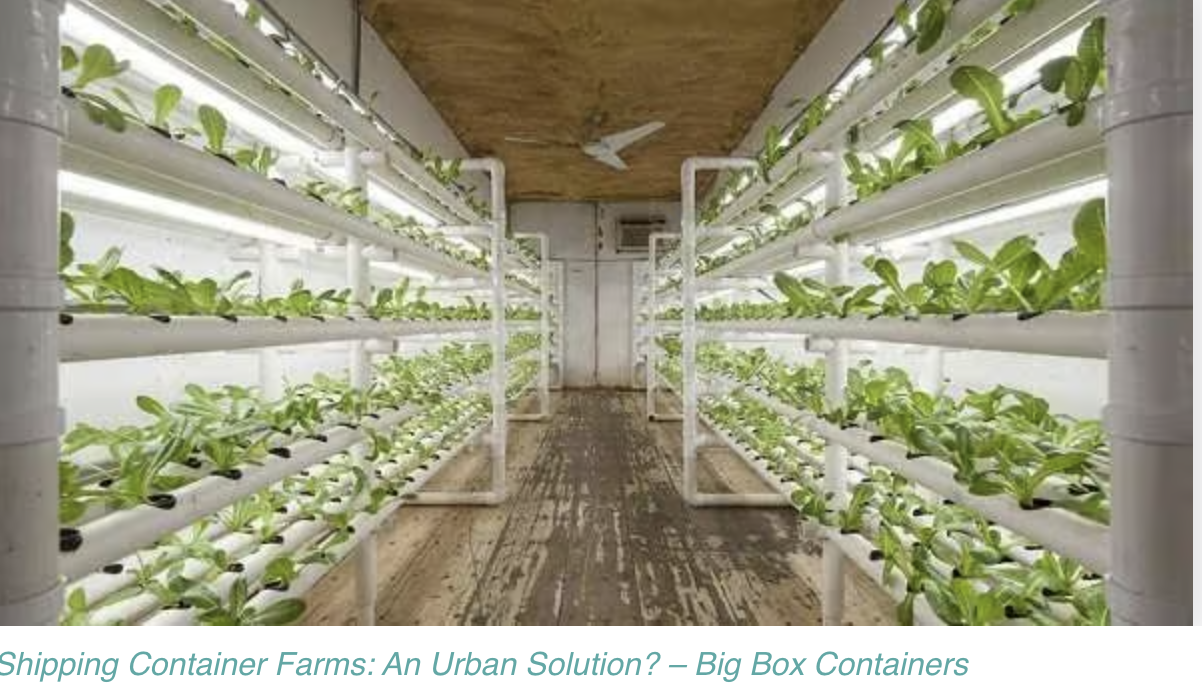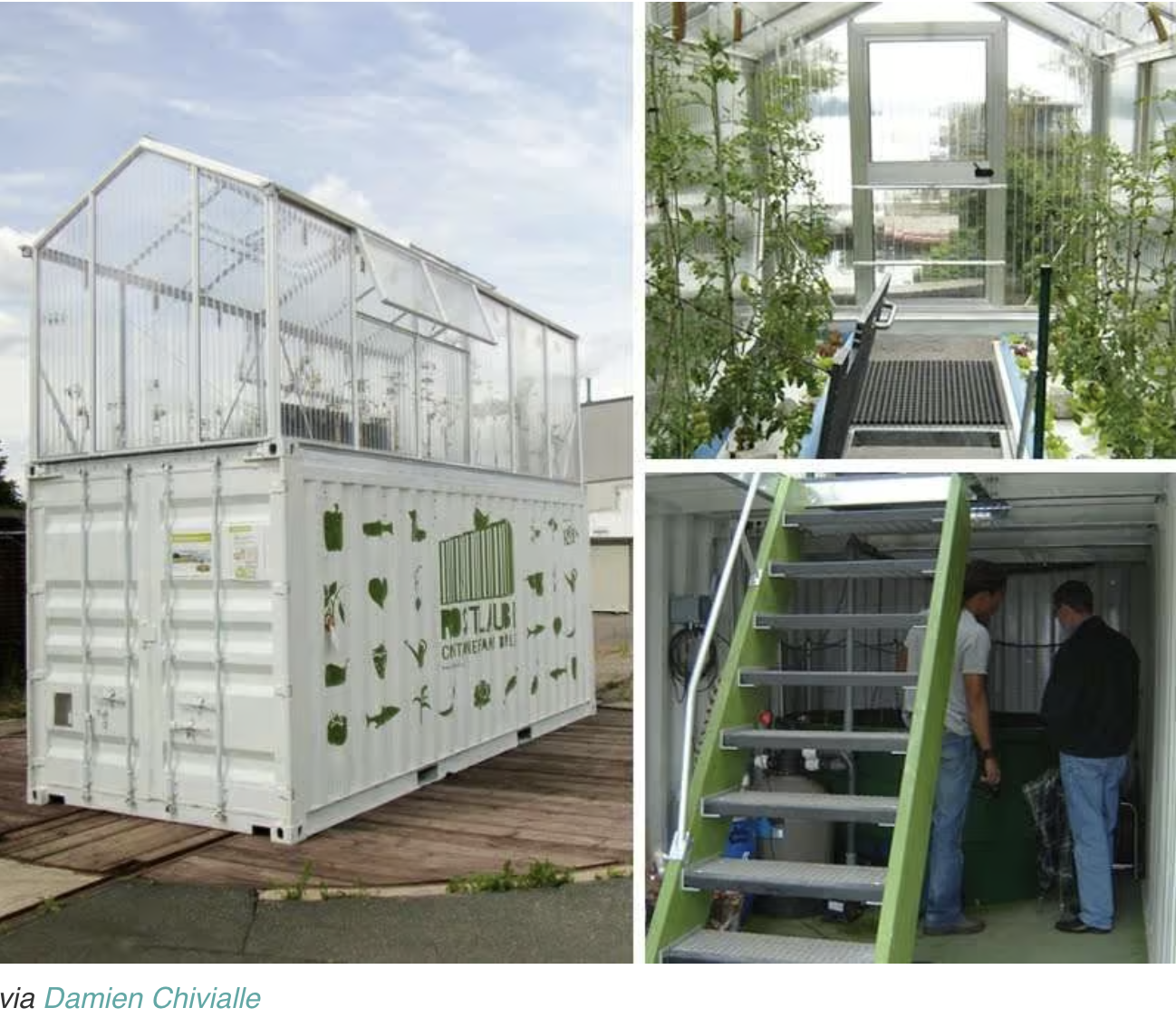Complete Guide To A Shipping Container Aquaponics System
Agriculture has been a necessary development in civilization, but with climate change and constant threats to our farmlands, we’ve had to get creative with harvesting and farming techniques.
Aquaponics containers could be the solution to farming crops in a controlled environment, without the use of soil, landmass, and intensive water use.
Shipping container aquaponics is an alternative urban environment created for the production of growing crops.
Without the need for larger farmlands that are in constant threat of drought, floods, fires, and loss of agricultural goods through transport, shipping container aquaponics offer a solution to growing large amounts of vegetables in cities and developing areas.
Aquaponics, a food production structure that incorporates the growth and cultivation of plants and fish in a contained habitat without the use of soil and extensive amounts of water, is massively changing our ability to farm anywhere, at any time.
Read on below to find out more about aquaponics and how you can have your very own system in a steel frame shipping container.
What is a Shipping Container Aquaponics System?
Shipping container aquaponics is the design and implementation of using an aquaponics system inside a shipping container.
Shipping containers, once marginally used for transporting cargo across oceans in harsh conditions, have become reusable and recyclable containers used for innovative ideas around the world. Tiny homes, homeless housing, gyms, cafes, and more recently, the implementation of the aquaponics system, are just some of the ingenious projects being implemented into shipping containers.
Here’s a quick step-by-step guide of how an aquaponics system works:
1. A FISH TANK TO HOST YOUR FISH
Typically, we recommend choosing the type of fish you like to eat. That can then help you to decide on what crops to grow. Both the fish and the plants you choose to grow should generally have the same temperature and PH-level needs so it’s easier to balance your aqua-farm maintenance.
Related: Check out our complete guide on shipping container barns!
You can use fish like carp, tilapia, catfish, barramundi, and numerous other types of fish if you’re rearing them for food purposes. Of course, you don’t have to use fish for eating either and can use goldfish, koi, angelfish, and plenty more.
2. NITRIFICATION IN A FOOD WASTE TANK
Fish waste, uneaten fish food, and organic fish matter which is known as ammonia is filtered through a plumbing connection to a “settling tank” where the ammonia is broken down into nitrates. This is called nitrification.
3. HYDROPONIC GARDENING
Another plumbing connection takes the water filled with nitrates to a deep-water culture (DWC) bed where your plants are waiting to be fed.
Nitrates are food for plants and help stimulate plant growth, so as the nitrate-filled water filters through the DWC bed the plants soak it up through their roots. Getting the proper nutrients needed for healthy crop growth.
4. SUMP TANK
At the same time as the plants soaking up all their nitrate food, the water is still being cycled through to another tank called the sump tank. A water pump/filter awaits the cycled water here where it is then filtered and clean water is pumped back into the fish rearing tank to begin its cycle all over again.
Here are some examples of what a shipping container aquaponics farm looks like:
This hi-tech farm by n.thing, called “Planty Cube”, is a great example of how building a vertical garden in a shipping container can use up plenty of available space for numerous fruits and vegetables to grow in one place at the same time and under the same roof.
This shipping container greenhouse farm in Berlin is the first of its kind in Germany, designed by entrepreneur and innovator Damien Chivialle.
To feed cities you need to do a lot with little. Using a circular system only makes sense: it loops production and optimizes space and inputs – Damien Chivialle
This transportable, soil-less, repurposed shipping container design is a combination of hydroponics and aquaculture designed by Joyce Rosner for farming vegetables with little energy and water consumption.
What Are The Benefits of Using an Aquaponics System Inside Shipping Containers?
By using a shipping container for your aquaponics project you can reduce your carbon footprint on the earth and create a complete indoor-farming greenhouse that could potentially be the way of the future.
Here are just some of the benefits of using shipping containers for your aquaponics project:
Cost-effective production
Reusing shipping containers can prove a cost-effective way of farming as they are cheaper than buying acres of land needed for traditional farming.
Research also shows that by saving gallons of water every year, aquaponics saves on your power and utility bills.
Creating space-saving systems
Utilizing a shipping container for your aquaponics system can save space and time where traditional farming cannot. If implemented right, your own aquaponics system can take up space in the whole container through the use of a vertical garden.
Saving space in this way is also beneficial for land conservation.
Water-saving process
Because aquaponics makes use of a closed-loop water system, the water, chemicals, and nutrients in the water are constantly recycled through the system. Research has shown that aquaponics uses up to 90% less water than traditional farming.
Supports Favorable conditions
In the closed environment of a shipping container, you can produce and support favorable growing conditions for growing all types of crops all year round. The closed environment means crops won’t be affected by weather and outside climate conditions.
These indoor farms can support the growth of your favorite vegetables and protect them from harsher climates no matter the season outside.
Maintaining and keeping your indoor shipping container greenhouse clean will also prevent outside bacteria and pests from ruining any plant life.
Environmentally Friendly
Not only does reusing shipping containers minimize your carbon footprint from the practice of recycling what’s already been made, but the implementation of aquaponics in a shipping container reduces or cancels out, the need for large farm equipment that will also decrease your carbon footprint.
Shipping container farms also reduce the agricultural damage, through farm waste, to our oceans. Animal agriculture through farming is responsible for at least 18% of greenhouse gas emissions and rising ocean temperatures globally through ocean acidification.
To further enhance your environmentally friendly business, you can equip your container farm with solar power panels which saves you more in electricity too. Your plants need sunlight too and being in a shipping container will need alternate lighting solutions.
Is a Fish Tank the Only Difference Between Aquaponics and Hydroponics?
Simply put, hydroponics is a practice in horticulture that grows plants in a soil-less environment. Hydroponics does not incorporate the use of any soil for the nutrients usually needed to grow plants and instead uses mineral nutrient solutions in the water for the plants’ growth.
Where aquaponics essentially uses a fish tank, filled with fish, to feed your plants through fish waste, hydroponics needs the addition of nutrients like calcium, sulfur, vitamins, and more through adding supplements to the water.
Aquaponics combines aquaculture and hydroponics to create a sustainable and efficient method of cultivating plants in a greenhouse environment.
What Are The Costs Involved With Building Your Own Aquaponics System Inside a Container?
Start-up costs aren’t always cheap on new projects, but if done the right way the first time you can save yourself costly time and money on your aquaponic system.
Consider the following materials that are needed for your system:
aquatic animals
fish food
Tanks needed: fish tank, fish waste tank, plant tank, sump tank
Water filter and pump, and air pump
Plumbing connections for each tank
Plants and plant holders including vertical wall holders
Shipping container
Water-test kit
Hydroponic media system
Drip system
There is a lot involved with an aquaponics system and the start-up costs can range anywhere between US$1400 for smaller hobby-sized farms and up to US$115,000 for larger commercial-sized farms.
Crop King offers a full commercial aquaponics ecosystem set with a 4 x 8 ft DWC bed, a 200-gallon fish tank, and energy-efficient equipment, for US$3,475.00.
Nelson + Pade offers mini aquaponic gardens and fountains for home hobbies from just US$159 for those that might want to start somewhere smaller and see if they enjoy it first.
Although the initial cost is expensive, companies like Corner Stalk are making approximately US$15,000 a month, proving that there is profit in investing in aquaponics.
Is It Worth Investing In An Aquaponics Container?
Although the set-up costs of an aquaponics shipping container can be expensive, the long-term results have proven fruitful and beneficial for both commercial and hobby use.
People are always going to need food, and with climate change being a hot topic in the world, the way we grow and transport food is becoming more important every day.
Shipping container aquaponics can provide a sustainable food source for rural and city communities all around the world






